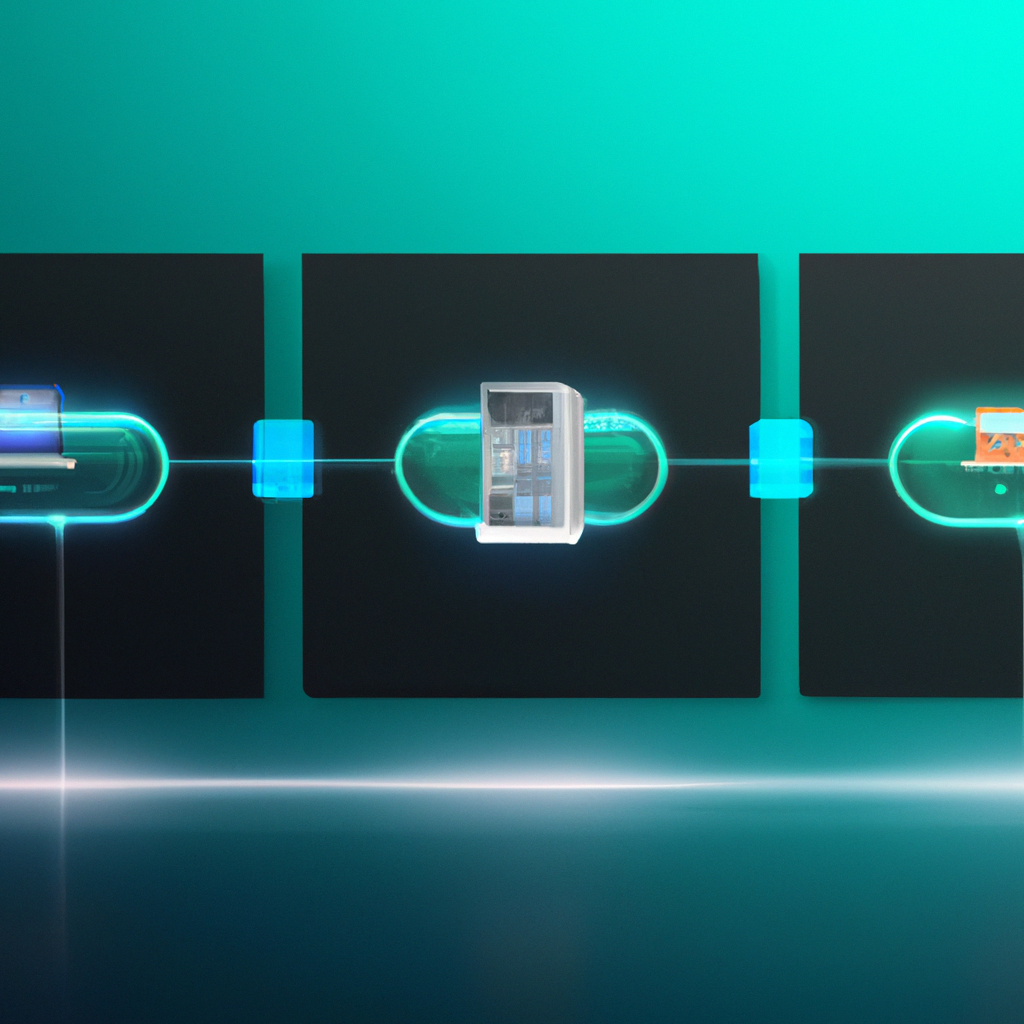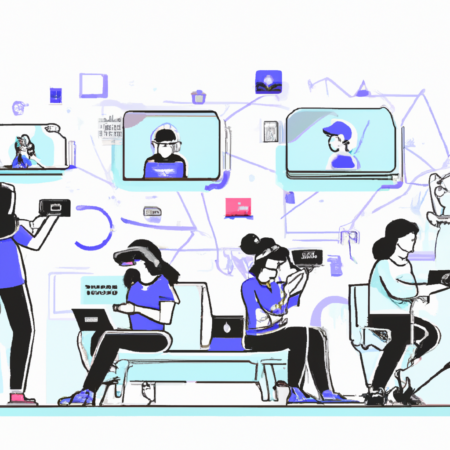Elevating User Experience: The Art of Minimalist Design in 2025
As we progress further into the decade, the shift towards minimalist user interface (UI) design continues to reshape how we interact with digital environments. The year 2025 has seen a significant push towards simplification, not just in aesthetics but also in functionality, making minimalist design a staple in effective user experience (UX) strategies.
This blog post explores the core principles of minimalist design and how they enhance user interaction, drawing on recent advancements and real-world applications to provide a comprehensive overview.
Understanding Minimalism in UX
Minimalism in UX design is more than just an aesthetic choice; it’s about reducing clutter to enhance usability. By focusing on essential elements, designers can help users accomplish their goals without distraction. This approach involves:
- Streamlining interface elements
- Using negative space effectively
- Implementing a monochromatic color scheme with strategic color accents
- Ensuring content is king with clear, concise messaging
Benefits of Minimalist Design
The benefits of adopting a minimalist design approach are manifold:
- Increased user engagement through a clear presentation of content
- Improved user satisfaction with faster load times and less cognitive load
- Better compatibility across multiple devices with less complex designs
Case Studies: Minimalist Design in Action
Several leading tech companies and startups have successfully integrated minimalist design into their platforms. For instance, a popular social media platform revamped its interface in early 2025, focusing on minimalistic elements that led to a 30% increase in user engagement.
Another case study involves an e-commerce giant that redesigned its website to simplify the checkout process, resulting in a 25% faster transaction time and increased sales.
Implementing Minimalist Design
For businesses looking to adopt a minimalist design, here are some practical tips:
- Start with a functionality audit to remove non-essential features
- Focus on typography and layout for clear communication
- Test designs with real users to ensure the interface meets their needs
As minimalist design continues to evolve, staying informed about the latest trends and techniques is crucial for maintaining an effective digital presence.
Conclusion
Minimalist design is not just a trend but a functional approach that enhances user experience. As we move forward, embracing simplicity in design will be key to developing more intuitive and engaging digital products.






